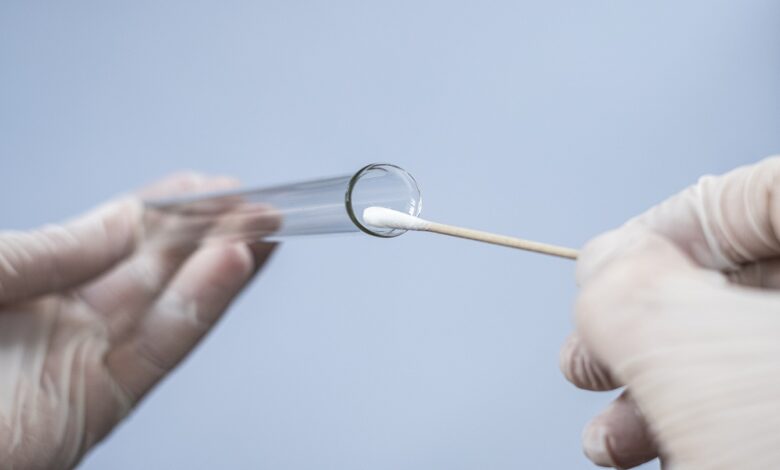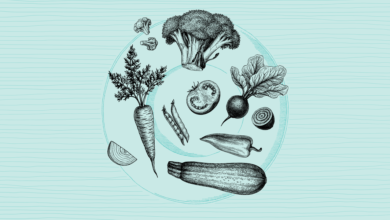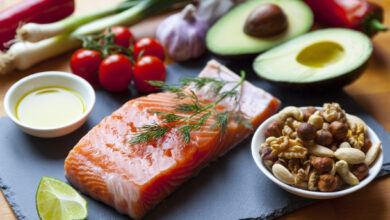To predict kids’ COVID-19 severity, researchers collect spit

Researchers are studying whether certain biomarkers in saliva may help predict COVID-19 severity in children, according to the American Academy of Pediatrics. While most kids infected with COVID-19 typically have mild illness, some face serious complications like heart inflammation or respiratory failure.
The team of scientists from Penn State College of Medicine and Wayne State University are collecting saliva samples from 400 COVID-19 patients ages 18 and under seeking emergency care at two children’s hospitals, the pediatrics group wrote in a release posted Thursday. Findings will be presented at the virtual American Academy of Pediatrics 2021 National Conference & Exhibition.
“Using saliva to predict severity of the infection is non-invasive and painless,” Dr. Usha Sethuraman, study author and professor of pediatrics at Central Michigan University, said in the release. “If proven to be effective, saliva may be a game changer in children in whom obtaining blood is both difficult and distressing. Additionally, early recognition of the severity of COVID-19 can help clinicians institute timely and appropriate treatment which may help improve outcomes.”
Sethuraman noted there aren’t any established biomarkers to predict disease progression among kids exposed to COVID-19.
Researchers are specifically studying cytokines and microRNAs, or biomarkers believed to control bodily inflammation upon infection. An early analysis among 150 kids indicated elevated levels of two cytokines (MIG and CXCL-10) among those with severe COVID-19 versus those without a serious course of COVID-19 disease, as well as altered microRNA levels, most of which were said to be “significantly lower” in kids with severe infection.
Source link






